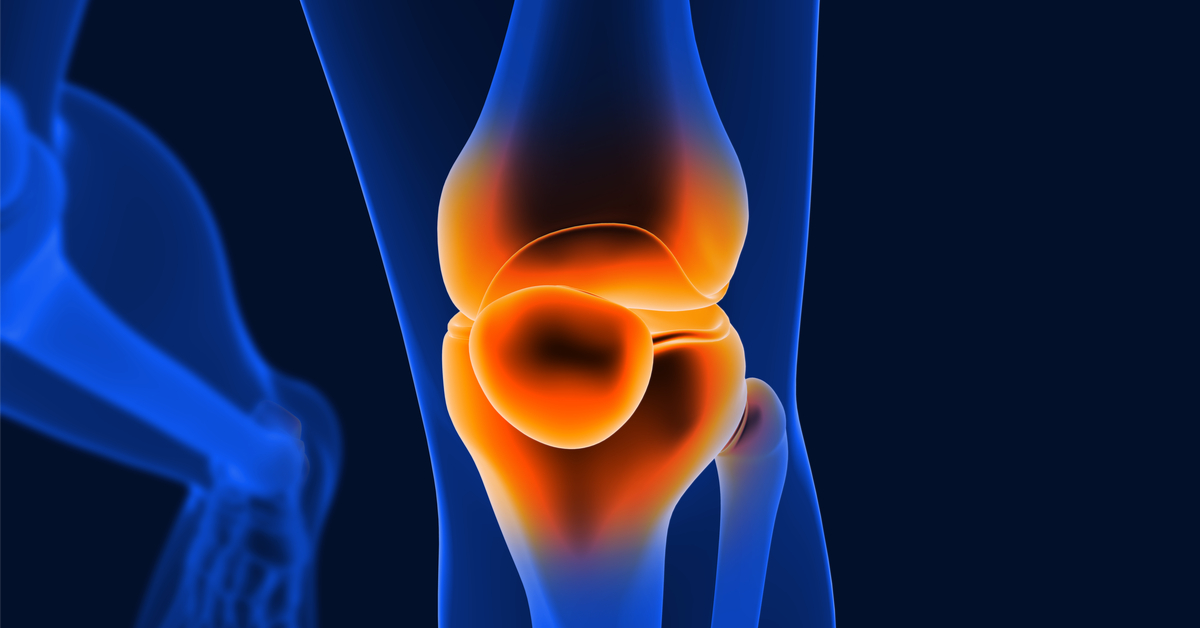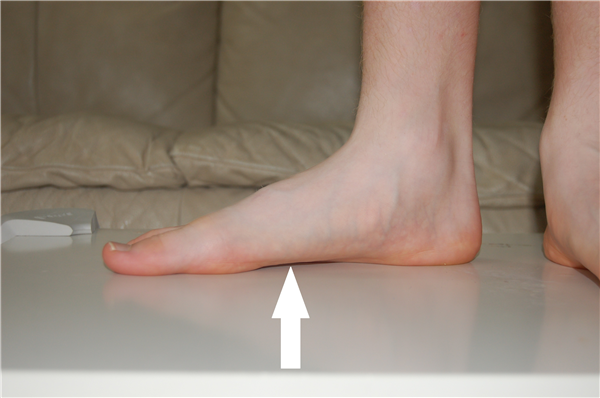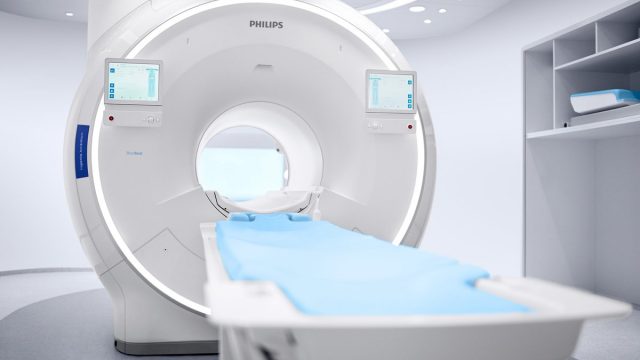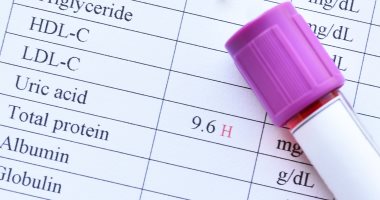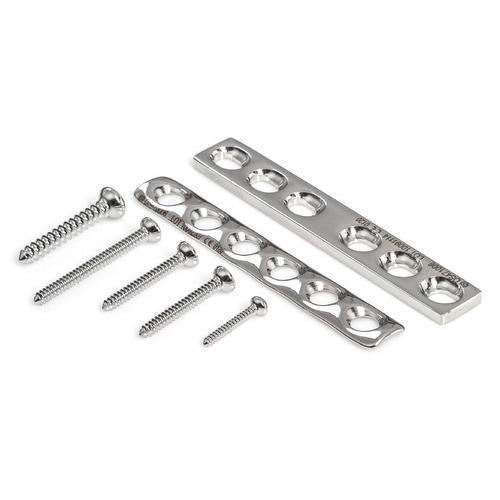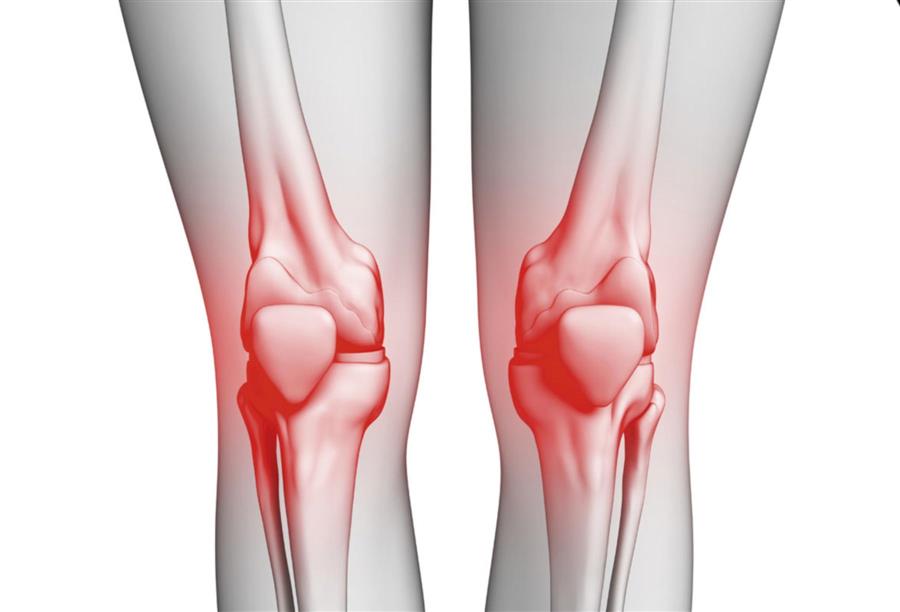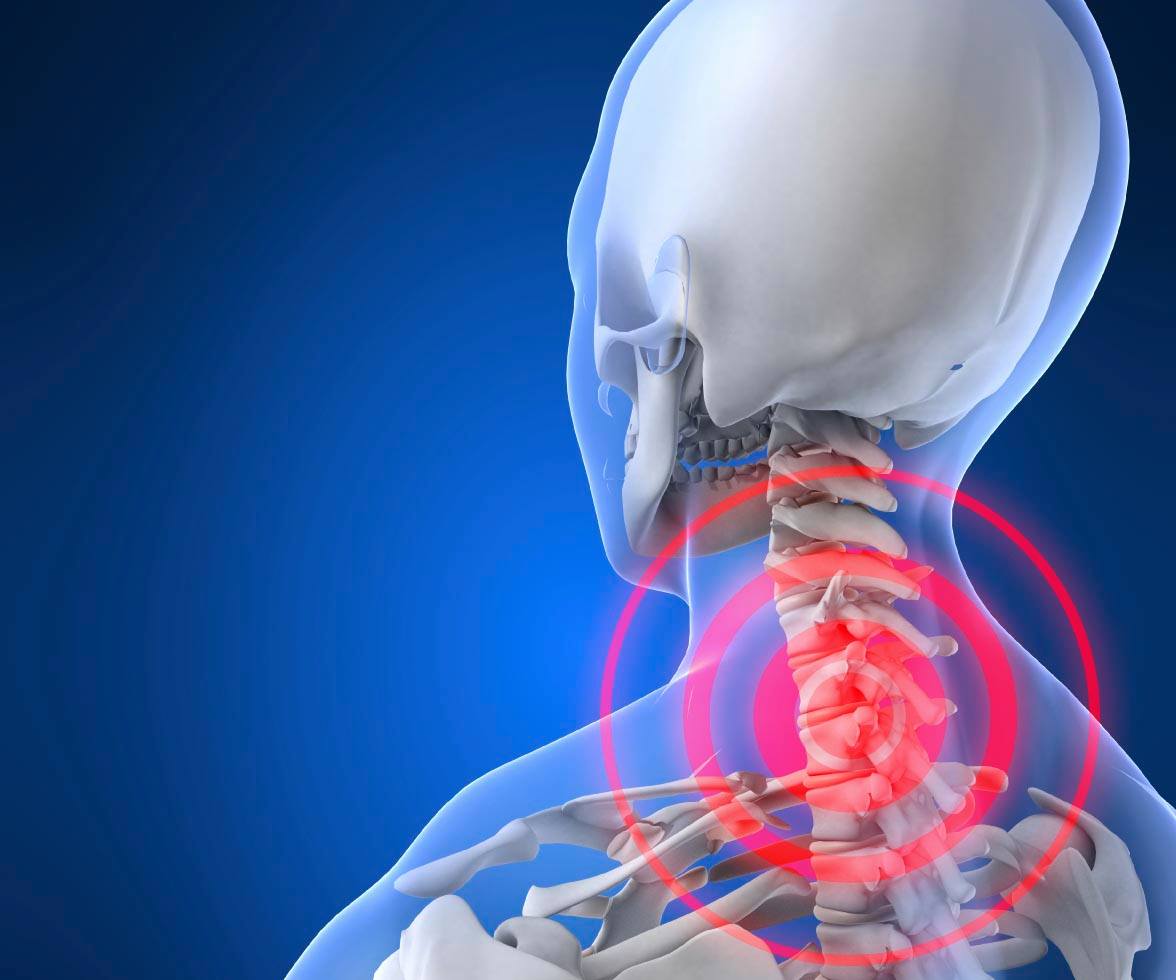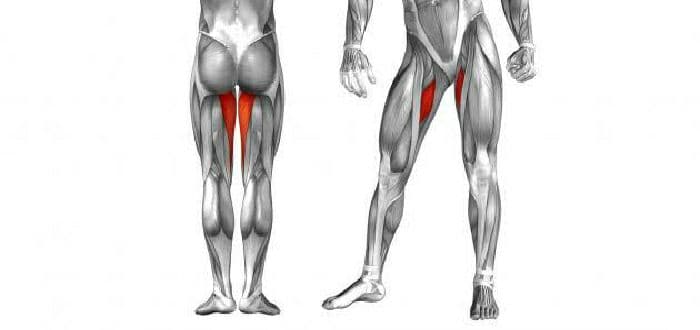Meniscus surgery
The meniscus, or what is called the cartilage of the knee, in which some injuries can occur due to a variety of reasons, and their symptoms are different, and we talk in detail in the article about Meniscus and the operations that are performed with it.
Meniscus surgery
At the outset, we can explain what Meniscus is:
The meniscus, or knee cartilage, is a flexible tissue located between the bony ends of the knee. Like other cartilage in the body, it includes collagen, which helps prevent bone friction and absorbs shocks that the knee is exposed to due to various movements.
Damage or rupture can occur in the meniscus as a result of violent movements or wrong exercise, so it is more common among athletes and hard workers. There are also meniscus ruptures that can occur as a result of osteoporosis, and there are several treatment methods that are followed in this case, including endoscopic surgeries.
Causes and risk factors for meniscus injuries
- Age: The elderly may be at a greater risk of meniscus injuries due to damage or abrasion of the knee tissues.
- Vigorous activities: Damage to the meniscus can occur in sports practitioners due to forceful movements or suddenness.
- Hard work: Owners of jobs that require excessive effort on the knees can suffer from erosion of the meniscus cartilage located at the knee.
Meniscus infection symptoms
There is more than one sign that predicted an injury to the knee cartilage or meniscus, which are:
- A person suffers from severe knee pain that lasts with him for a while, especially when bending or rotating.
- Hearing abnormal crackling sounds in the knee.
- Swelling and stiffness of the joint.
- Difficulty in fully straightening the knee.
- An imbalance when using the injured knee to walk.
How to Diagnose Meniscus
The attending physician can follow more than one procedure by which he can determine the condition of the cartilage and what the injury has reached, which are:
- The doctor examines the affected area, which is usually swollen and swollen due to fluid accumulation and hardening.
- The doctor asks you to move the knee in different ways or to squat in order to know the signs well and what stage the condition has reached.
- The use of X-rays or X-rays that show, by MRI, a complete picture of the joint and the tear or damage that occurred in it.
- The doctor can perform arthroscopy of the affected knee by inserting a tube with a camera and a light at the end to view the current position of the knee from the inside.
How to perform the meniscus surgery
If the doctor confirms that there is an operation in the knee cartilage (meniscus), the following is done:
- The doctor can repair the knee and preserve as much tissue as possible in the joint and place small parts that work to heal the rupture, which the body absorbs over time.
- Part or all of the affected cartilage in the knee can be arthroscopically removed and the ends trimmed to be smoother and the knee to function normally.
Is Meniscus surgery Difficult?
Meniscus operation can be a relatively difficult surgery, but it is necessary for cartilage injuries from the third stage, for whom physical therapy or analgesic drugs did not work, but the specialist doctor performs many pre-operative procedures to diagnose the condition well and exclude any other symptoms associated with the cut.
The patient can recover within 3 months of the surgery, physical therapy can be started after the fourth week under the supervision of the specialist doctor, and the return to work and daily activities can continue normally after about 3 weeks of the surgery.
Is Meniscus surgery dangerous?
Meniscus surgery with the rest of operations has risks that may occur after the operation, including exposing the patient to an infection that leads to inflammation of the cartilage, and the person may also suffer from bleeding after the operation, some people have health problems with the materials used in anesthesia, and this is rare.
How long is the rest period after the meniscus surgery?
Mostly, the extent of disease recovery lasts about 3 months after the meniscus surgery, and there are some instructions that doctors recommend after the operation to recover quickly and avoid complications, including:
Instructions for the first weeks after the surgery
- The patient can avoid standing for long periods and undergo complete rest in the first weeks.
- Try to change the sitting position from time to time, i.e. do not stay in one position for more than 60 minutes.
- Keeping the knee at rest and not fully straightening it as much as possible.
- Crutches can be used to reduce the load placed on the knee in the days following the operation.
Instructions for the fourth to twelfth weeks after meniscus surgery
- After an improvement in the knee and its movement is noticed after the first month of the operation, the patient can start doing some daily activities such as walking or going to work.
- He can continue taking painkillers for a little longer.
- Use ice packs and do not overload the knee.
- A person can practice types of sports specific to cases of Meniscus surgery.
- Practicing physical therapy after the surgery is important and speeds up the recovery process.
Meniscus surgery complications
The patient may have some complications after the surgery, and he must follow the doctor’s instructions for the recovery to be faster and without any bad complications, and the complications that are estimated to occur after the operation are:
- Roughness in the knee.
- Damage to the nerves or tissue surrounding the meniscus.
- Bleeding or infection in the joint.
- In rare cases, patients are allergic to the narcotic drugs that have been taken.
When does physical therapy begin after the meniscus operation?
It usually takes about three months to fully recover after the operation. In the first period, crutches can be used to reduce the load on the injured knee and rest for a period of one to two weeks after the surgery.
After the first week of the surgery, the patient can practice light sports such as walking or cycling, and swimming may be useful if the wound has completely healed, but after several weeks of the operation, it is possible to return to normal work and strenuous exercise, while ensuring continuous follow-up with the specialist doctor.
Physiotherapy exercises after meniscus operation
- Trunk Press Ups
The injured person can lie flat on the ground and apply light pressure on the upper part of the body while maintaining relaxation and repeat this process 10 to 15 times under the supervision of a physiotherapist.

- Straight Leg Raises
It can be practiced by lying on the ground, starting to tighten the abdominal muscles, lifting one leg in the air, followed by the other leg slowly, holding this position for two seconds, and repeating the position 10 to 15 times under the supervision of a doctor.
- Lumbar bending exercise
This exercise can be done by lying on the ground, raising the knees up to the chest for a few seconds, and returning them to the original position, and the exercise is repeated about 10 times in a row.
Can coexistence with Meniscus cutting?
There are two types of cuts in Meniscus, if the cut is in the inner part, it can heal within six weeks without surgery, but if it is in the outer part and results in pain and swelling that lasts for a while, you should refer to the doctor as soon as possible.
In cases of mild ruptures, physiotherapy can be relied upon in the initial cases, but if a complete cut or a large rupture occurs in the knee cartilage or meniscus, surgical operations can be resorted to that help relieve pain and restore the condition of the cartilage.
Meniscus process damage
There are many advantages offered by the Meniscus operation to the patient, including repairing the articular cartilage well by more than 90%, reducing complications that may affect the joint, and mostly avoiding arthritis.
However, some damages result from the Meniscus process, which you can mention as follows:
Meniscus endoscopy damage
- Swelling can occur in the injured part and can be reduced by keeping the injured part comfortable and working to elevate the knee as much as possible.
- As a result of swelling in the operation site and the formation of tissues around it, this leads to roughness in the knee.
- If the patient was suffering from arthritis and meniscus arthroscopy was performed, erosion or damage to the cartilage may occur, and it is preferable not to resort to this operation in cases of arthritis.
- Sometimes the owner of the Meniscus process may develop a bacterial infection in the affected part, which may result in health problems in the joint.
- In rare cases, the surgery that the patient underwent may lead to clots, especially if he is a smoker or has a blood disease.
Sometimes doctors can prescribe treatment methods other than surgery for meniscus patients, this is due to the patient’s condition and the stage the knee cartilage has reached, and early detection of the injury plays a very important role here in recovering and not resorting to surgery.
Non-surgical treatment methods for patients with meniscal cartilage
- The patient can use analgesic medications that reduce swelling, but they may not work in the third stage of the meniscus injury.
- Exercises that strengthen muscles and reduce stress on the joint can help prevent further wear and reduce symptoms of injury.
- If you suffer from a meniscus rupture, the previous measures can help heal the rupture in the knee, but in the event of an increase in symptoms, you must refer to the attending physician immediately.
Does the meniscus rupture is healed?
The meniscus rupture may sometimes heal without referring to surgical operations, and this is due to the degree of rupture that occurred in the cartilage and its location. It may help reduce the load on the affected part and avoid hard work.
If a tear occurs in the outer part of the meniscus in the knee, it can be healed without resorting to major surgery, but if the tear is in the inner part of the cartilage and reaches the cut, surgical intervention at this time may be better.
Laparoscopic meniscus surgery
The doctor relies on more than one method to diagnose the injury in the meniscus, including the clinical diagnosis and examination of the patient, after which an x-ray and complete imaging of the knee is taken to know the condition of the joint and determine the location of the injury in the knee cartilage.
Laparoscopic meniscus surgery is performed as follows:
- Usually, the process does not last more than an hour or less.
- The injured knee is anesthetized and usually, no general anesthesia is used.
- The endoscope, which is a long tube with a light and a camera at the end, is inserted, the cartilage problems are fixed through small tools that are inserted through the scope, and then a pump is used to get rid of fluids around the knee.
- After the surgery is done, the surgeons sew the incisions and disinfect the wound, usually not more than an hour.


